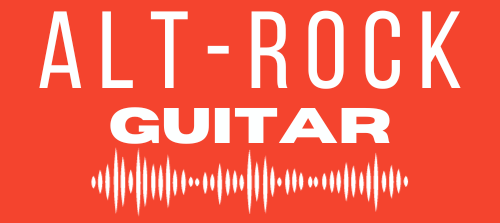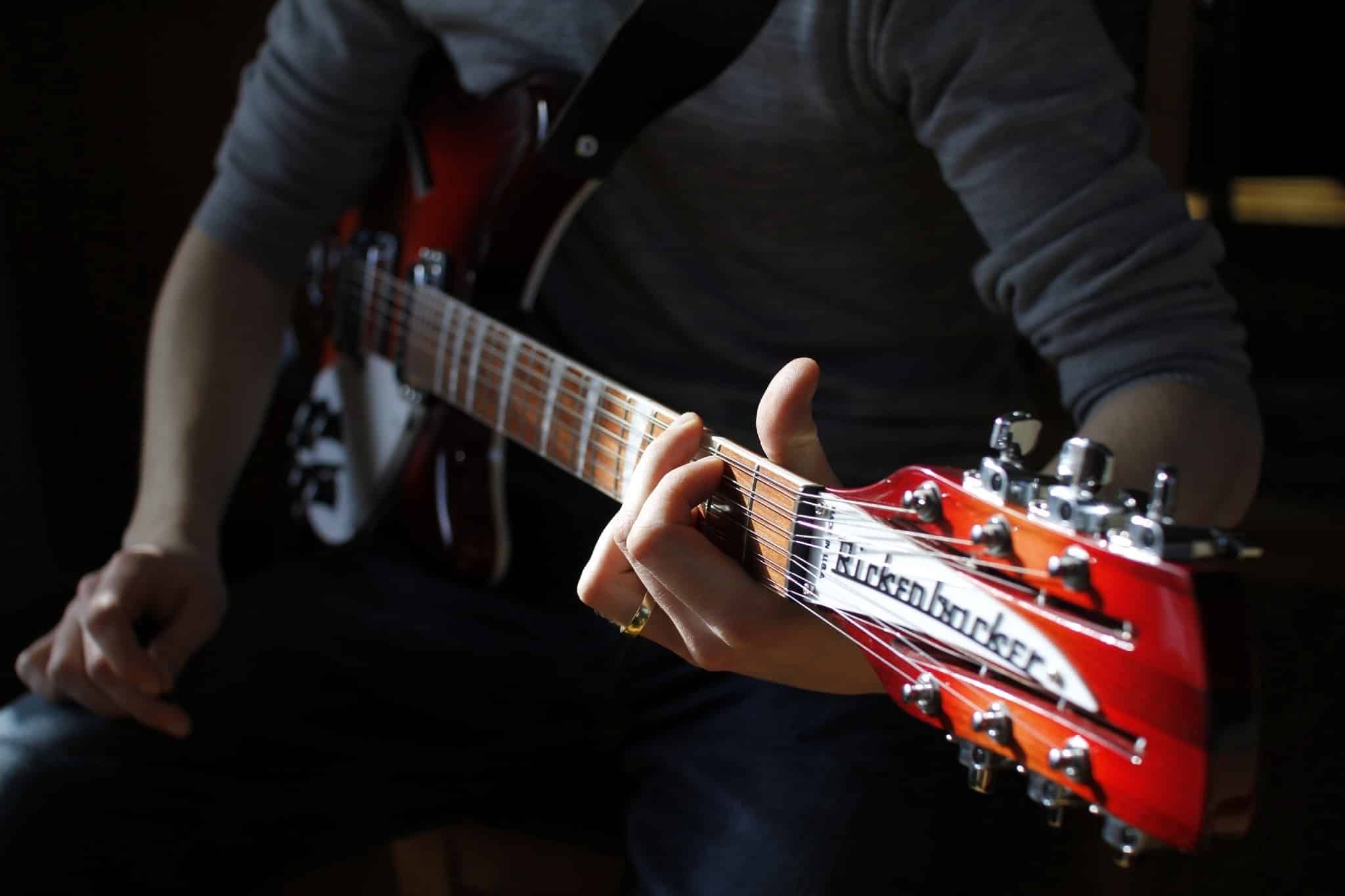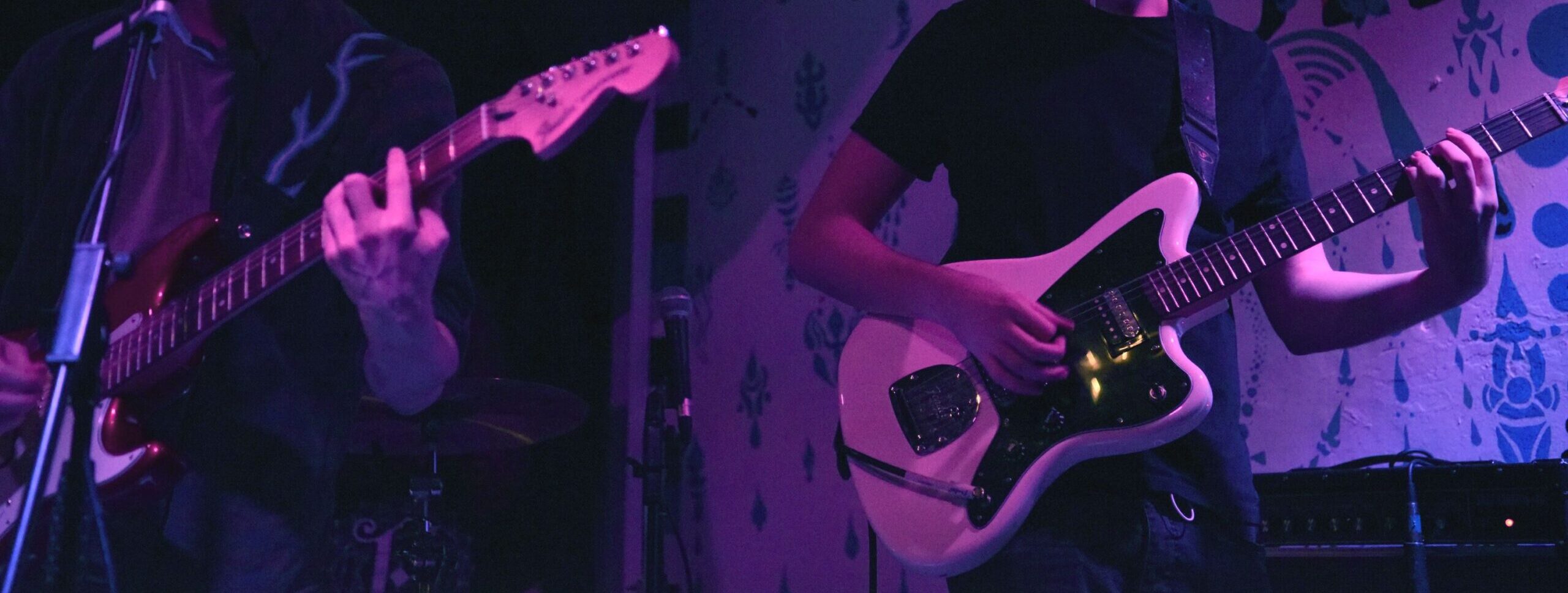
7 Techniques Every Alt-Rock Guitarist Needs to Know
At some point in a guitarist’s life, they must familiarise themselves with a few guitar techniques. So we thought we would create a list of techniques alternative rock guitarists should prioritise mastering before others. Don’t worry we will keep them relatively basic, as these will be your first things to learn.
These seven fundamental techniques will be your guide to mastering the genre.
Seven crucial guitar techniques
1. Open Chords

What it is and why you need to focus on it: Chords are essential it is as simple as that! Chords are the harmonic foundation of songs, so without them, you won’t be able to play any songs. Alt-rock is no exception, and like every facet of music, it relies heavily on chords to create music. When you master chords you will be able to play rhythm guitar and provide the musical foundation to any song.
How to practice them and some songs they are used for: Start with open chords like E, A, D, G, and C, and their relative minors. These will give you a solid foundation and will help you master a technique further down the line. Focus on transitioning smoothly between these chords, this is where you may initially come undone. Songs like “Wonderwall” by Oasis and “Yellow” by Coldplay are great examples of alt-rock tracks to get a basic grasp on open chords.
Alt-Rock Guitar’s Tip: Don’t rush. Focus on making clean chord changes first, even if it’s slow. Speed will come with time and practice.
2. Power Chords
What it is and why you need to focus on it: The alternative rock guitarist’s bread and butter, power chords, with their simplicity (and often distorted sound), are a staple in alt-rock. They’re crucial for creating the raw and energetic tone that defines the genre. From punk rock to grunge, these chords are at the forefront of a lot of iconic alt-rock masterpieces.
How to practice them and some songs they are used for: Practice moving power chords up and down the fretboard focusing primarily on positioning the root note on the E and A strings. These chords only feature the root and the 5th so make sure both sound clearly. Songs like “Smells Like Teen Spirit” by Nirvana and “Brain Stew” by Green Day showcase the power chord’s dominance in alt-rock.
Alt-Rock Guitar’s Tip: Keep your hand relaxed while pressing the strings for power chords. This reduces strain and makes it easier to switch between them.
3. Palm Muting
What it is and why you need to focus on it: Palm muting adds a percussive element to your playing, and this can be a vital aspect of alt-rock. Through chugging chords, or making your notes click while you play, palm muting still holds your tone underneath. This technique allows you to control sustain and create dynamic contrast.
How to practice it and some songs it is used for: To practice palm muting, lightly rest the edge of your palm on the strings very close to the bridge, then either begin strumming or pick your notes. Songs like “Seven Nation Army” by The White Stripes and “Boulevard of Broken Dreams” by Green Day feature palm muting.
Alt-Rock Guitar’s Tip: Start with a light touch and gradually increase the pressure until you achieve the desired muted sound. Also, sometimes you may need to align the fatty bit of your hand practically on the bridge, so keep that in mind.
4. Barre Chords
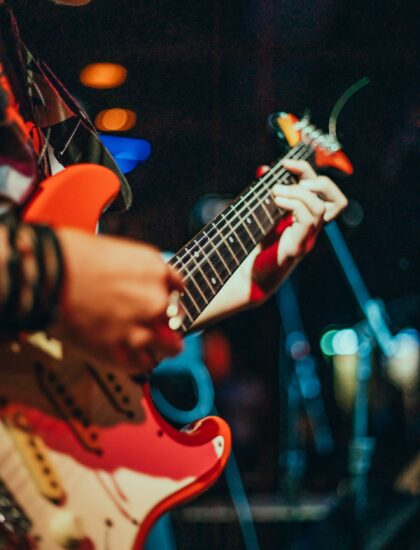
What it is and why you need to focus on it: Barre chords are versatile, and because of this might be the most important technique to master on this list. They are essentially movable shapes that offer you the flexibility to play the same chord form in different positions on the neck. After a while these chords will be your go-to, making everything from learning songs to writing songs a whole lot easier.
How to practice them and some songs they are used for: Begin with basic barre chord shapes like F and Bm. Notice how you will essentially be playing modified E, Em, A, and Am open chords. Just like power chords practice moving them up and down the neck. Songs like “Zombie” by The Cranberries and “Everlong” by Foo Fighters showcase the use of barre chords and could be great songs to learn these patterns with.
Alt-Rock Guitar’s Tip: Use the side of your index finger to press down on the strings during barre chords. It may feel challenging at first, but with practice, you’ll gain strength and precision.
5. Strumming Patterns
What it is and why you need to focus on it: Alt-rock isn’t just about what chords you play; it’s about how you play them. Strumming patterns are crucial for adding rhythm and dynamics to your playing, giving your music its unique feel, for example, an up-down-up will be voiced differently from a down-up-down. Mastering this can give you better articulation to your songs and allow you to accentuate parts.
How to practice them and some songs they are used for: Experiment with different strumming patterns, from straightforward downstrokes to more intricate rhythms. Getting to grips with this can give you a different world of options when it comes to songwriting later down the line. Some suggestions to listen to this technique are “Losing My Religion” by R.E.M. and “I Will Follow” by U2.
Alt-Rock Guitar’s Tip: Start with simpler strumming patterns and gradually progress to more complex ones. Focus on timing and consistency. Even play along with a metronome if you need to.
6. Alternate Picking
What it is and why you need to focus on it: If you aim to be a lead guitarist in the alt-rock world, alternate picking is your ticket to playing fast and precise guitar lines. This technique is all about picking each note individually, alternating between upstrokes and downstrokes, no matter which strings you are moving to.
How to practice it and some songs it is used for: To practice alternate picking, work on scales and exercises to improve your picking accuracy. There are a bunch of tracks where you can hear this technique at play, although I suggest having a go at “Plug In Baby” by Muse because this is the track I used.
Alt-Rock Guitar’s Tip: Focus on consistency in your picking. Start at a slow tempo and gradually increase speed as you become more comfortable. I shouldn’t say this but I actually subscribe mostly to efficiency picking (or economy picking) so if this is too difficult give that a go.
7. Guitar Effects
What it is and why you need to focus on it: Guitar effects pedals like distortion, delay, and reverb are integral to achieving any sort of sound associated with alternative rock. They add texture and depth to your playing, allowing you to experiment with different sonic dimensions. Therefore just obtaining a bit of knowledge about effects at this stage can go a long way.
How to practice them and some songs they are used for: Experiment with different pedal combinations to create your unique sound. Songs like “Come As You Are” by Nirvana features distortion and chorus and “1979” gives you a phaser and fuzz. Effects can produce some of the most exciting moments in alternative rock, so get used to them.
Alt-Rock Guitar’s Tip: Don’t be afraid to explore the different settings on your effects pedals. Start with subtle adjustments and gradually dial in the sounds you like.
Learn these techniques

These seven techniques can be the start of your adventure to becoming a proficient alternative rock guitarist. Practice each one fully, and explore their applications in songs to fully understand them so you can add them to your repertoire.
With some dedication and commitment, you’ll be well on your way to making your mark in the world of alternative music. So, pick up your guitar, start practicing, and let the music flow. Give these songs a pop to get you on your way.
If you want to read up on some things you need to know before playing head here.
You May Also Like
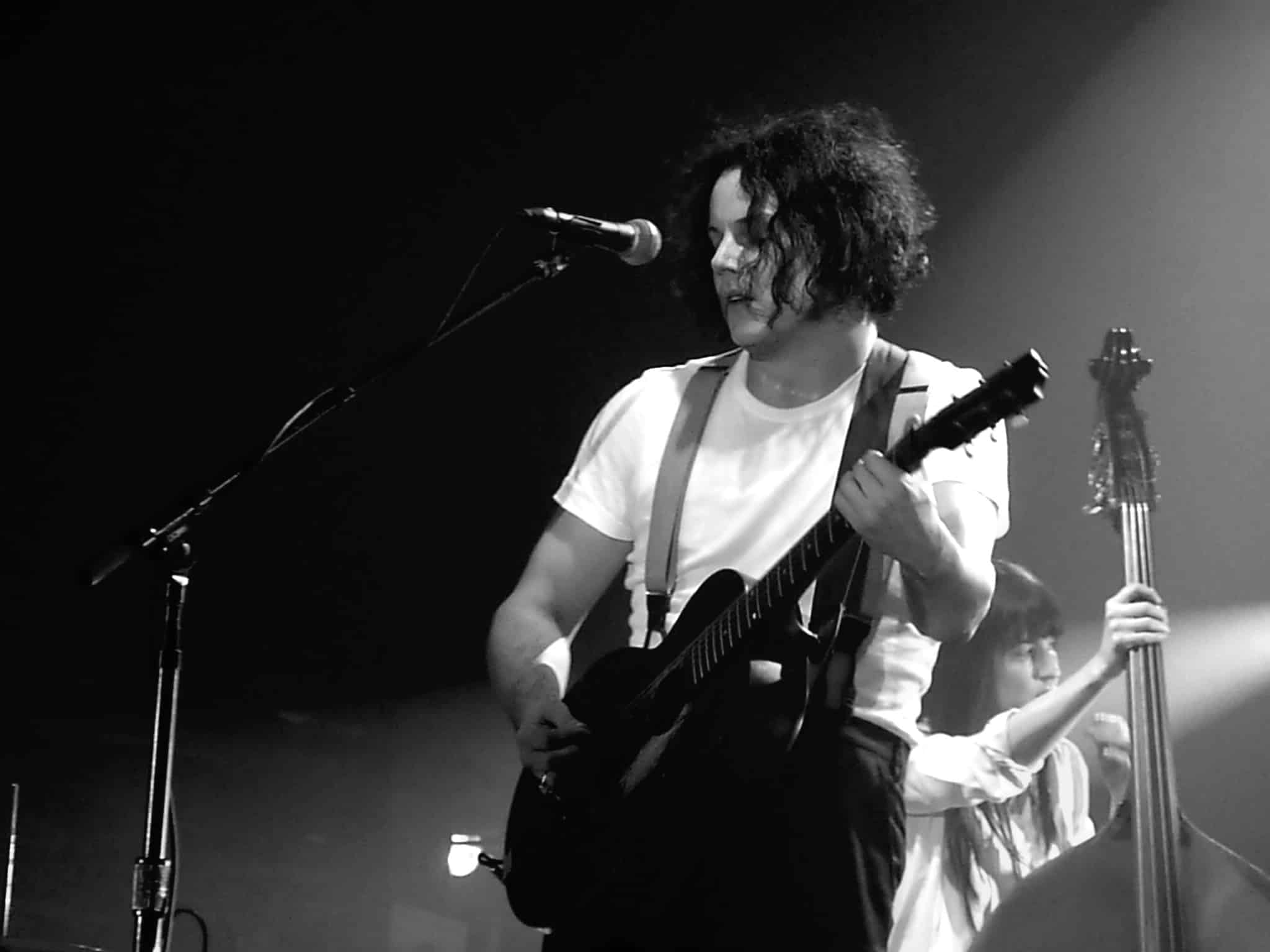
Is Rock Music Dead? A Deep Dive
July 30, 2023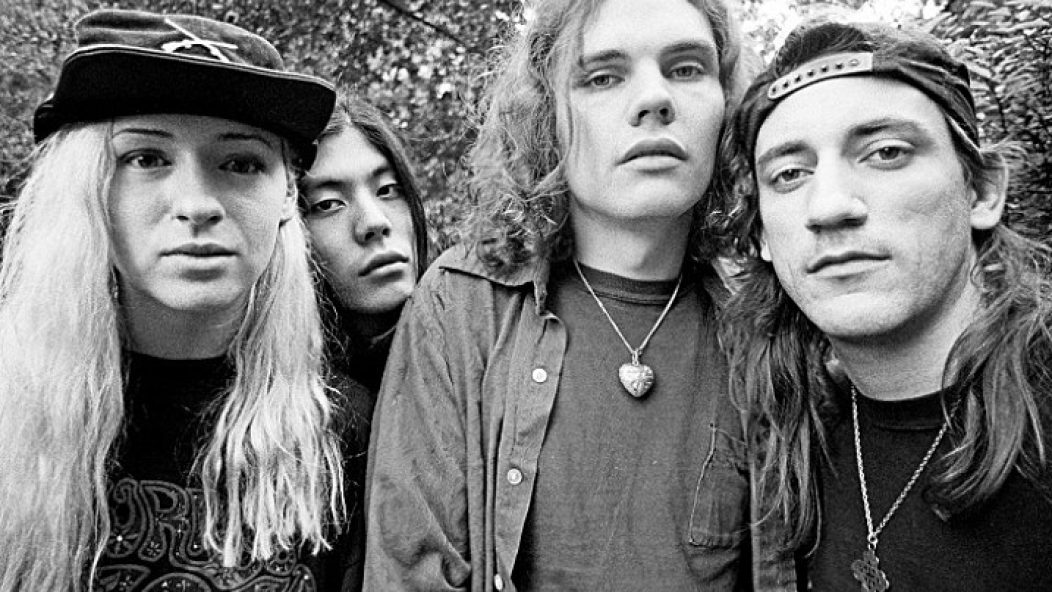
D’arcy Wretzky and Her Split From The Smashing Pumpkins?
December 13, 2023
